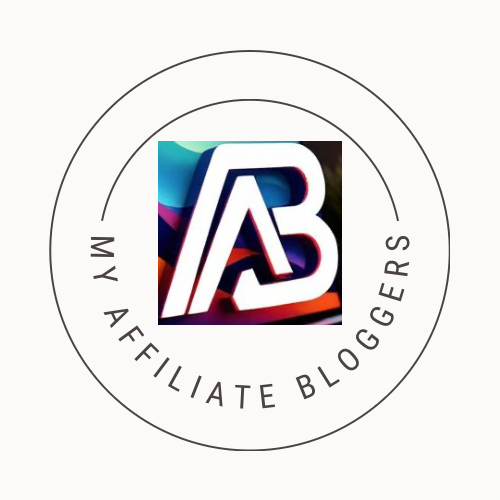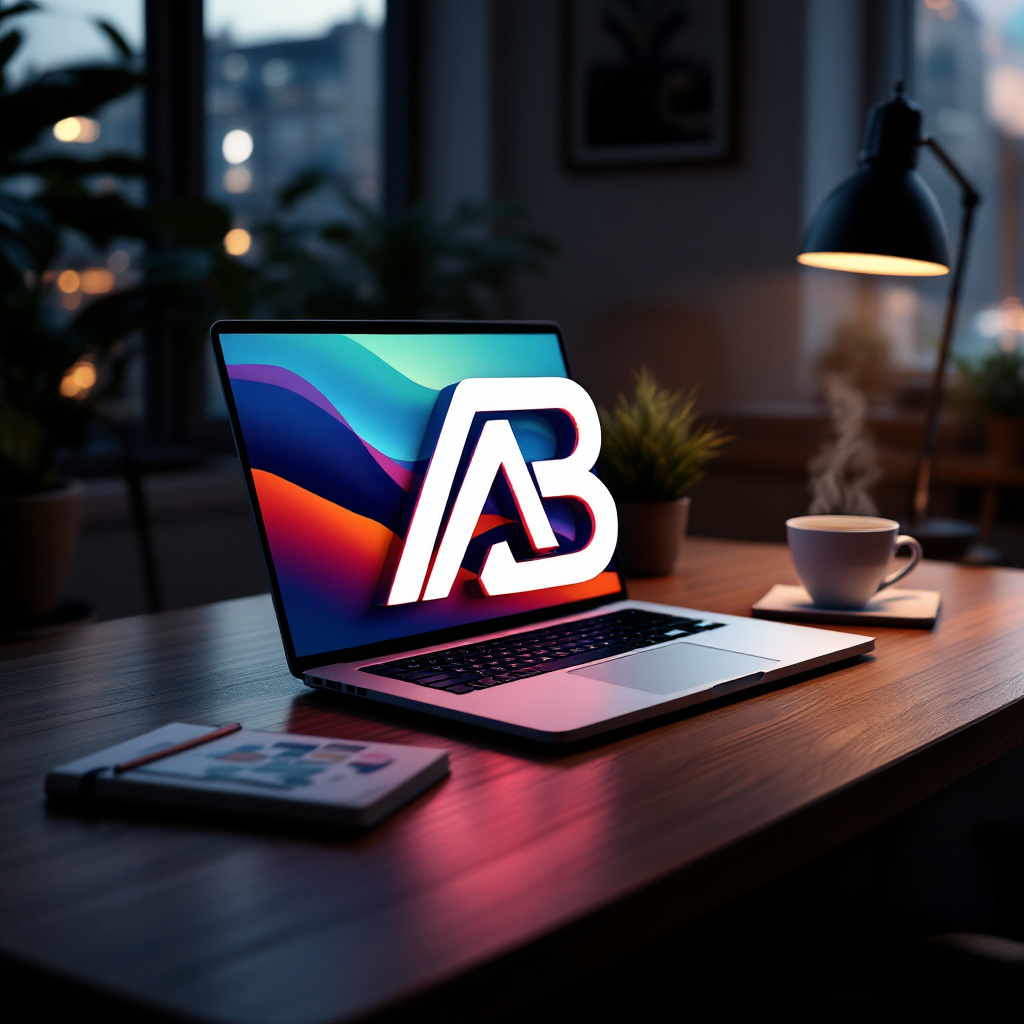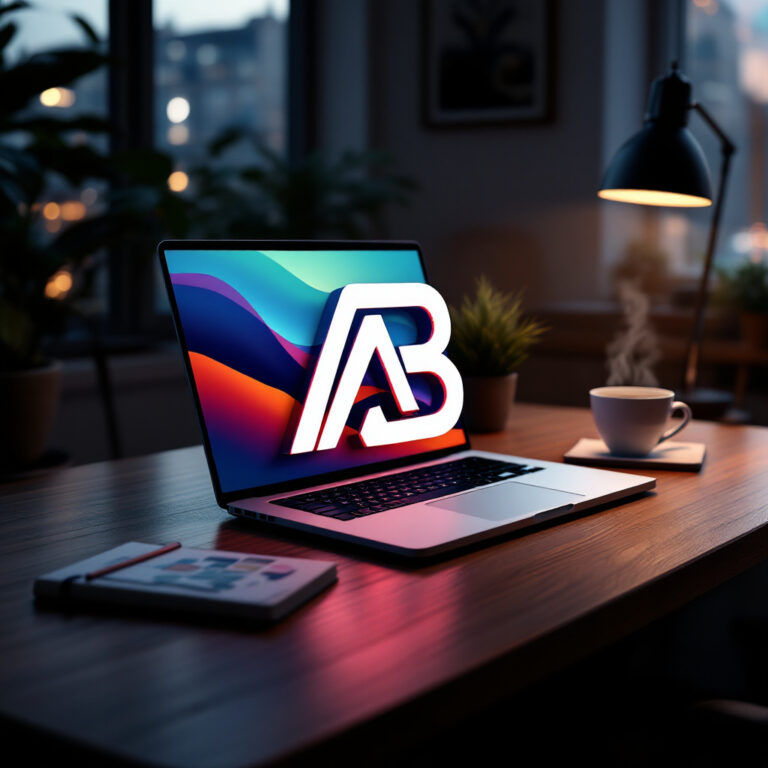Why is Knowing Your Audience Important? The Essential Guide to Blogging
People aren’t just a collection of clicks, views, or lines of data, they’re individuals like me and you that have questions, dreams, and curiosities.
Knowing your audience is at the core of successful blogging, transforming your posts from static words into living conversations.
By understanding what your readers care about and where they consume information, you can create content that speaks their language, addresses their needs, and keeps them coming back for more.
This is the foundation for genuine connection and long-term success in the blogging world.
To get started with effectively reaching the right target audience, check out my Wealthy Affiliate Review.
Key Takeaways
🔑 Key Insights for Content Success
- 🌟 Know your audience like you’d recognize a familiar face in a crowded room—it shapes everything.
- ✨ Speak their language. Their interests, struggles, and curiosity should guide your content.
- 🛑 Ignoring your readers is like shouting into the void. You might be loud, but no one’s listening.
- 💬 A relatable voice builds trust. Connection turns casual readers into loyal followers.
- 🔍 Personalized, audience-focused writing isn’t extra effort; it’s essential.
- 🚀 Success starts with understanding who’s on the other side of the screen.
Why Knowing Your Audience Matters
Bloggers often dream of captivating readers with stories that stick, advice that matters, and insights that inform.
But without understanding the people you’re writing for, your words might float in a void. Knowing your audience transforms your blogging from a guessing game into an intentional one-on-one conversation.
It’s the secret to relevance, loyalty, and connection in a crowded digital space. Let’s break down why this matters, one powerful impact at a time.
💡Moment for Me
I had the bright idea of following my passion with playing guitar. After all, I’d been playing nearly 40 years and felt like I had a lot to say about it.
So I secured a domain and started writing. Started sharing everything from the fundamentals to more advanced techniques. I was really confident it was helping my fellow guitarists become better players.
After spending 10 months on this new site, it dawned on me that guitarists don’t read blogs. If they’re anything like me, they go to YouTube, TikTok, and Instagram to watch videos. Wow! What a “aha” moment for me. 😂
#1 lesson: figure out what your ideal audience cares about the most and where they consume information/entertainment. Don’t go to a heavy metal concert expecting country music. Am I right?
Enhancing Content Relevance
Picture this: you’re throwing a party. If you know your guests love tacos and upbeat music, you’re going to stock up on guacamole and make sure the playlist is pure fire, right?
Blogging works the same way. The better you understand your audience’s “flavor”, their challenges, curiosities, and goals, the more your compelling content will hit the spot.
Audience insights help you answer the right questions at the right time. Instead of posting generic advice, you create tailored blog posts that speak directly to their struggles or aspirations.
Understanding their mindset is your shortcut to delivering exactly what they didn’t even know they needed.
By keeping your ear to the ground, whether through comments, analytics, or social media, you can continuously fine-tune your content to keep it relevant.
A blog that feels like it “gets” the reader will always kick start engagement more effectively than one lobbing advice into the void.
Building Reader Loyalty
Loyalty isn’t built overnight, but it’s rooted in consistency and trust.
When readers feel seen and heard, they’re more likely to stick around. Address their specific hurdles, whether they’re trying to become better writers, excel as affiliates, or start a business.
Think about it this way: if you’re constantly writing with their needs in mind, your blog becomes their go-to resource. You’re no longer just a writer; you’re a guide.

And guides are trusted because they understand the terrain. Audience research arms you with the knowledge to create tailored posts and solutions.
Ask yourself: What’s the one thing my readers are struggling with right now? Map out your content calendar with answers to those questions at the center.
Over time, loyal readers come back not only for more advice but because of the relationship you’ve cultivated. After all, few things beat discovering a blog that seems to “read your mind” with every post.
Improving Engagement and Connection
How do you turn readers into active participants? The answer is in forming connections. Knowing your audience is the bridge between lifeless stats (pageviews, bounce rates) and actual conversations.
When your writing resonates, people don’t just consume, they react, comment, share, and ask questions.
If you’re writing about common blogging challenges, for example, invite emotional responses with real-world anecdotes or relatable examples. Help people find a solution to these challenges.
You might share a story about your own fears when starting out and ask readers to drop their experiences in the comments below.
This kind of authentic dialogue strengthens bonds and positions you as more than just another blog, they see you as a person who gets them.
To keep engagement growing, consider asking open-ended questions or adding interactive elements like polls.
This not only fosters conversations but also gives you extra data points for shaping future posts. Blogs that spark active connections stand out in a crowded field because readers long for belonging in their niche.
In simple terms, knowing your audience isn’t just about understanding, it’s about creating a conversation that turns casual skimmers into an engaged community.
How to Conduct Effective Audience Research
Understanding your audience is like holding the ultimate map to blogging success. The clearer you are about who they are, what they need, and how they behave, the easier it becomes to craft posts that feel personal, useful, and completely on point.
But how do you get to know them beyond the surface? The answer lies in audience research. Below, we’ll explore some essential methods to dig deep and understand your readers better.
Forums like Reddit and Quora are a treasure trove of REAL information from REAL people. Most of the questions in these forums are raw, unedited, and straight from the heart. People with problems who are seeking guidance and solutions.
Using Analytics Tools to Understand Demographics

If blogs were a party, analytics tools like Google Analytics are your guest list. They reveal not just how many people are showing up, but also who they are, where they’re from, and how they move through your blog.
With a few clicks, you gain access to a treasure trove of demographic data including age, gender, and geographic location of your audience.
Imagine opening a dashboard and seeing that a large chunk of your readers are 25-34-year-old professionals from urban areas.
This data tells you something vital: your audience is likely juggling busy schedules and craves quick, actionable advice more than lengthy think-pieces.
With such insights, you can shape your topics and writing style around their preferences.
Even more valuable? You can track their behavior, what pages they visit most, how long they stay, and where they drop off. Use these metrics to evaluate whether your content is hitting the mark or needs adjustment.
Tools like Google Analytics are foundational for bloggers to keep their pulse on reader trends and improve content that resonates.
Leveraging Social Media Insights
Social media is more than just a megaphone for your blog, it’s also a telescope into your audience’s world. Platforms like Facebook, Instagram, Pinterest, and X offer built-in analytics that show you what your followers are into, how they engage, and what sparks their interest.
For example, Facebook’s Insight tool reveals audience behaviors and interests, giving you clues about the kind of content they care about outside your blog.
Do they tend to engage most with inspirational posts, product reviews, or how-tos? These details guide your blog to sync perfectly with their preferences.
Similarly, Instagram’s audience data shows peak activity hours, favorite content types, and top demographics. Same with Pinterest.
X analytics, on the other hand, is a fast lane for finding out which tweets spark conversation and shares. If your blog topics perform well on Twitter, it’s a clear sign to dive deeper into those areas.
The real-time nature of social media tools also helps you stay timely and topical, allowing you to mirror conversations your audience is already having.
Here’s a screenshot of Pinterest performance data:

Engaging Directly Through Feedback and Surveys
Nothing beats going straight to the source when it comes to uncovering what your audience really wants.
Feedback forms, surveys, and polls provide a direct channel to ask your readers personalized questions and gather qualitative data that no analytics tool can fully reveal.
Here’s how you can start: Create a survey with specific questions like, “What topics do you want to see more of?” or “What’s your biggest challenge that we can help address?”
Use platforms like Google Forms or Typeform to make it simple and engaging. Promote your survey link on your blog or social media, offering a small incentive, like a downloadable guide, to encourage participation.
The comment section of your blog is an often-overlooked goldmine for reader insights. If you notice a recurring question or request, that’s your sign to expand on that topic in future posts.
By engaging directly with your audience and listening actively, you’re not just gathering data, you’re fostering trust and building a community.
Each of these strategies: analytics, social media, and direct feedback, is like a piece of a puzzle.
Together, they give you the clearest picture of who you’re writing for, ensuring your blog feels relevant, useful, and unforgettable to the people who matter most: your audience.
Conclusion
Knowing your audience is the compass that guides every successful blog. It shapes your content, strengthens engagement, and ensures your readers feel seen, heard, and valued.
By tapping into their aspirations and answering their questions, you transform a static blog into a living, breathing conversation that sparks connection and builds trust.
Start applying these strategies today to deepen the relationship with your readers. Exploring tools and tips like those shared in our Wealthy Affiliate Review can give you a head start on audience research and help you refine your approach.
Your audience is more than data; they are the heartbeat of your work. Approach blogging with this mindset, and your writing will not only inform, it will inspire.
Why Knowing Your Audience Matters: FAQs for New Bloggers
Why is it important to know your audience before starting a blog?
If you don’t know who you’re writing for, you’re shouting into the void. A clear audience helps you write with purpose and connect with readers who actually care about what you’re saying.
How can knowing your audience shape the content you create?
It guides everything—what topics to cover, the tone you use, and even the length of your posts. Without this, you’re guessing, and guessing rarely works.
Does understanding your audience improve engagement?
Yes. When readers feel like your content speaks directly to them, they’re more likely to comment, share, and keep coming back. It’s not magic; it’s relevance.
What tools can I use to understand my audience better?
Start with free options like Google Analytics or survey tools. Social media insights and audience personas can also clue you into what makes your readers tick.
Can targeting a specific audience limit my reach?
Not really. Narrowing down helps you attract the right people, not just “more people.” Relevance beats random volume every time.
How does knowing your audience affect your blog’s tone?
Your tone needs to match your readers. Writing for college students? Keep it casual. Talking to professionals? Go polished. Miss the mark, and you’ll lose their interest fast.
What happens if I don’t consider my audience?
Your content will feel generic and forgettable. Worse, you might attract the wrong readers, leaving both you and them frustrated.
Is audience research a one-time thing?
No, it’s ongoing. As your blog grows, your readers might change. Check in often to make sure their needs and interests align with your content.
How can I figure out what my audience wants to read?
Pay attention. Read comments, track popular posts, ask questions on social media. Your readers are constantly leaving clues—just don’t ignore them.
Should I ever write for myself instead of my audience?
Sometimes, but don’t make it a habit. Writing what you love is great, but if your audience doesn’t care, you’re just journaling, not blogging.













